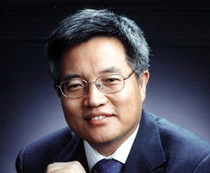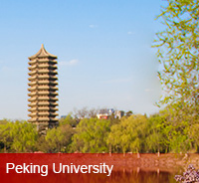Zhang Weiying: Arbitrage-Innovation Cycle
Aug 19-2019

The market has dual engines to propel economic growth: technological advancement and allocation efficiency; and the former is more powerful than the latter, said NSD Prof. Zhang Weiying. He made the speech at a gathering of Chinese economists and the transcript has been published lately.
Significant economic growth over the last 200 years has less to do with enhancement in allocation efficiency and more with new technologies, new products and new resources. Resources are not ‘given’ endowments, as some believe, but rather are decided by the availability of technologies – oil was a waste and nuisance before technologies got ready.
Broadly speaking entrepreneurs function in two ways: arbitrage and innovation. By arbitraging, entrepreneurs earn money while helping improve allocation efficiency. However, when an equilibrium state is reached, only innovation – in the form of new products and new technologies – can drive the economy forward, and the resultant new unequilibrium allows for arbitrage and sets off a new cycle of arbitrage-innovation. Chinese entrepreneurs should shift from arbitrage to innovation and work towards an innovation-based economy.
China has made strides in innovation based on three key indexes: R&D investment, patent quantity, and new products’ share of total sales. More progress can be achieved in three ways: marketization, privatization and opening-up. This conclusion is drawn from cross-regional studies that uncover the differences among China’s provinces and regions.
In the ongoing Fourth Industrial Revolution, China can hope and can be expected to make its share of contributions, said Prof. Zhang. A good institutional environment should be cultivated; otherwise, future economic growth might not be up to the expectations of the public, he cautioned.







